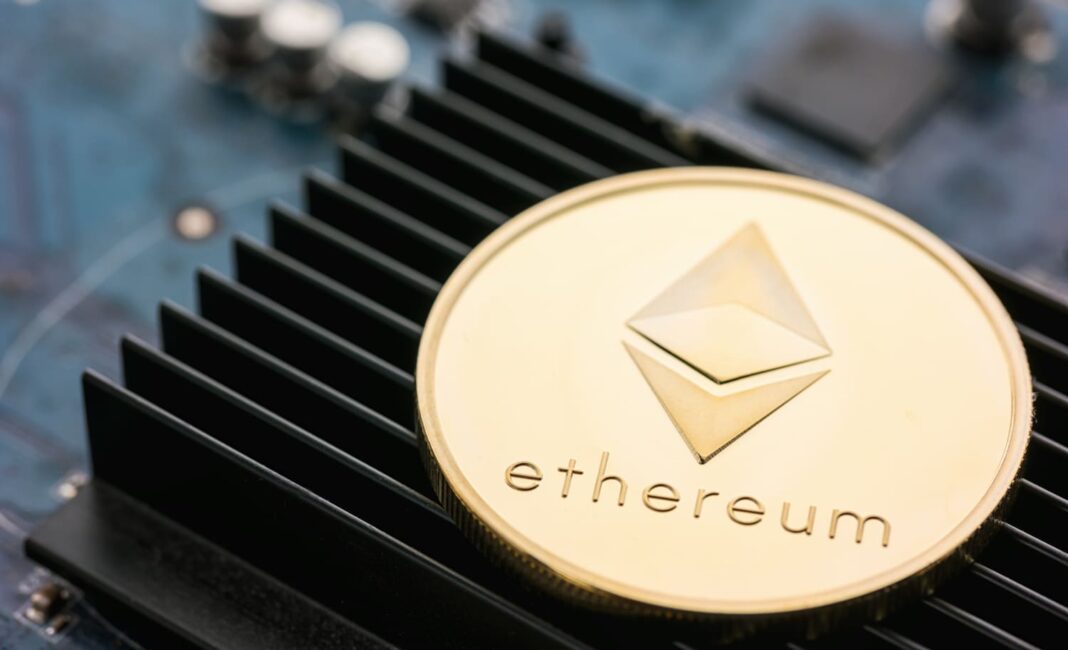Are you an avid cryptocurrency miner looking to maximize your Ethereum mining efficiency using ASIC miners? You’ve come to the right place! In this article, we’ll delve into the world of Ethereum mining and provide you with expert insights on how to optimize your ASIC mining operations for better performance, increased profitability, and overall success. Let’s dive in!
Table of Contents
- Introduction to Ethereum Mining with ASICs
- Understanding ASIC Miners and Their Benefits
- Selecting the Right ASIC Hardware
- Setting Up Your Mining Rig
- Power Consumption Management
- Efficient Cooling Solutions
- Choosing the Best Mining Pool
- Overclocking for Enhanced Performance
- Optimizing Mining Software
- Monitoring and Maintenance
- Strategies for Risk Management
- Keeping Up with Regulatory Changes
- The Future of Ethereum Mining
- Conclusion
- Frequently Asked Questions
1. Introduction to Ethereum Mining with ASICs
Ethereum mining has evolved significantly over the years, and ASIC (Application-Specific Integrated Circuit) miners have emerged as a game-changer in the industry. Unlike traditional GPU mining, ASIC miners are purpose-built for specific cryptocurrencies, offering unparalleled processing power and energy efficiency.
2. Understanding ASIC Miners and Their Benefits
ASIC miners are designed to perform a single task, which in this case, is mining Ethereum. This specialization leads to higher hash rates and lower power consumption compared to GPUs. The benefits of using ASIC miners for Ethereum mining include…
3. Selecting the Right ASIC Hardware
Choosing the right ASIC hardware is crucial for optimizing your Ethereum mining operation. Consider factors such as hash rate, power efficiency, and cost when making your decision.
4. Setting Up Your Mining Rig
A proper mining rig setup is essential for efficient mining. From finding the right location to assembling the components, we’ll guide you through the process.
5. Power Consumption Management
Managing power consumption is a key aspect of optimizing ASIC mining. Learn how to calculate and minimize the energy costs of your mining operation.
6. Efficient Cooling Solutions
Cooling plays a vital role in maintaining ASIC performance. Explore various cooling solutions and techniques to prevent overheating and ensure consistent operation.
7. Choosing the Best Mining Pool
Joining a mining pool can enhance your chances of earning rewards. We’ll help you choose a suitable mining pool and explain how the reward distribution works.
8. Overclocking for Enhanced Performance
Overclocking can push your ASIC miners to achieve higher hash rates. Discover the dos and don’ts of overclocking to avoid damaging your hardware.
9. Optimizing Mining Software
The right mining software can make a significant difference. We’ll recommend some of the top mining software options and provide tips for optimization.
10. Monitoring and Maintenance
Regular monitoring and maintenance are essential to ensure the smooth operation of your mining rig. Learn how to identify and address potential issues promptly.
11. Strategies for Risk Management
Cryptocurrency mining involves risks. Explore strategies to manage risks effectively and make informed decisions to protect your investment.
12. Keeping Up with Regulatory Changes
The regulatory landscape for cryptocurrency mining is evolving. Stay informed about the latest regulations and compliance requirements.
13. The Future of Ethereum Mining
As Ethereum transitions to a proof-of-stake (PoS) model, understand what the future holds for ASIC miners and how to adapt to upcoming changes.
14. Conclusion
In conclusion, optimizing Ethereum mining for ASIC miners requires careful consideration of hardware, cooling, software, and risk management. By following the strategies outlined in this guide, you can enhance your mining efficiency and stay competitive in the ever-evolving cryptocurrency landscape.
15. Frequently Asked Questions
Q1: What is the advantage of using ASIC miners for Ethereum mining?
Q2: How do I choose the right mining pool for my ASIC miners?
Q3: Can I overclock my ASIC miners without damaging them?
Q4: What are some upcoming regulatory changes that may impact Ethereum mining?
Q5: Should I continue Ethereum mining after the PoS transition?
RELATED POST
How to Optimize Bitcoin Mining for ASIC Miners: A Comprehensive Guide


